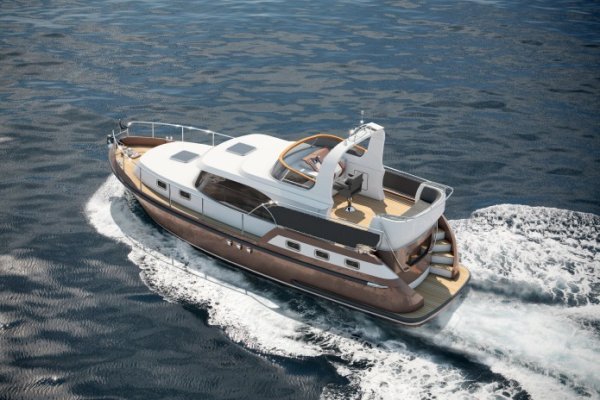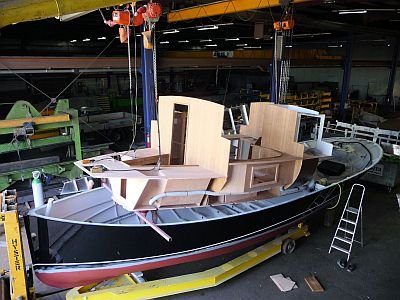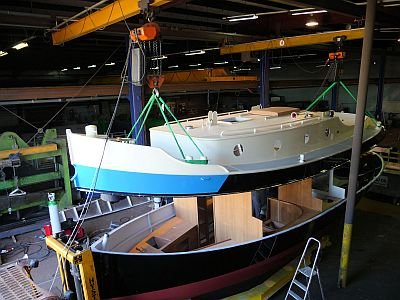From the " N47 - Out of Production" thread:
N47 - Out of Production" thread:
So how is it that full displacement boat (whatever your definition of that happens to be) offerings keep shrinking in the US market, while across the pond in the Netherlands there seems to be a healthy market for such boats?
A quick cruise through YW would reveal a whole bunch of high quality boats that seem to have several redeeming qualities - none of which are embraced by the market here?
Here's what I see a lot of in the Dutch offerings:
Steel Full Displacement Hulls - many even with canoe sterns!
Low HP (<<200HP) AND healthy tankage (>>300 gal)
Low air draft (obviously a result of their cruising grounds)
Aft master cabin
Open living areas with good outside views
Usable outdoor living space on aft decks with outside steering
High levels of finish with YW prices that aren't out of this world
Brands such as Linssen, Drifter, Aquanaut, Almkotter, Stevenvlet, Gielen, Staverse, Vripack, etc, etc - Seems to be lots and lots of offerings out there (new or used) that have what I would imagine are extremely valuable attributes in US cruising grounds.
So what gives? What do the Dutch know that we Yanks don't?
 N47 - Out of Production" thread:
N47 - Out of Production" thread:
PAE recently added the N47 to their list of "out of production" boats as buyer see the value in stepping up to the N52. Another sign of the times that the little guys (myself included) are being boxed out of the Full Displacement Hull Trawler game as the costs of building smaller boats don't make sense for the big three players. I'm looking forward to a high quality, smaller company to come in and pick up the 40'-49' market.
So how is it that full displacement boat (whatever your definition of that happens to be) offerings keep shrinking in the US market, while across the pond in the Netherlands there seems to be a healthy market for such boats?
A quick cruise through YW would reveal a whole bunch of high quality boats that seem to have several redeeming qualities - none of which are embraced by the market here?
Here's what I see a lot of in the Dutch offerings:
Steel Full Displacement Hulls - many even with canoe sterns!
Low HP (<<200HP) AND healthy tankage (>>300 gal)
Low air draft (obviously a result of their cruising grounds)
Aft master cabin
Open living areas with good outside views
Usable outdoor living space on aft decks with outside steering
High levels of finish with YW prices that aren't out of this world
Brands such as Linssen, Drifter, Aquanaut, Almkotter, Stevenvlet, Gielen, Staverse, Vripack, etc, etc - Seems to be lots and lots of offerings out there (new or used) that have what I would imagine are extremely valuable attributes in US cruising grounds.
So what gives? What do the Dutch know that we Yanks don't?



